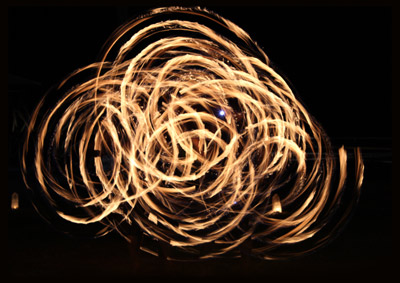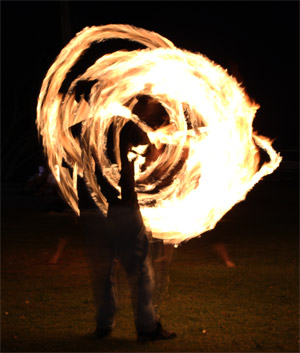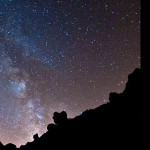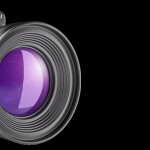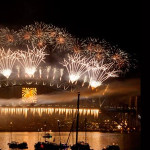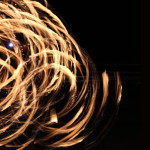 Meteors or “falling stars” are a surprisingly common occurrences…. and on most clear, cloudless nights – particularly if you are away from city lights – you have a pretty good chance of spotting one or two. However, because individual meteors are unpredictable, actually taking a photo of a shooting star can be much more of a challenge. It is certainly possible, but takes some patience and a lot of luck.
Meteors or “falling stars” are a surprisingly common occurrences…. and on most clear, cloudless nights – particularly if you are away from city lights – you have a pretty good chance of spotting one or two. However, because individual meteors are unpredictable, actually taking a photo of a shooting star can be much more of a challenge. It is certainly possible, but takes some patience and a lot of luck.
Meteor showers however, are a much more predictable phenomenon and with a bit of planning , a bit of practice and only a little luck, you can get some amazing photos of meteors.
A meteor shower is a celestial event in which a number of meteors are observed to radiate, or originate, from one point in the night sky. These meteors are caused by streams of cosmic debris entering Earth’s atmosphere at extremely high speeds on parallel trajectories. Most meteors are smaller than a grain of sand, so almost all of them disintegrate and never hit the Earth’s surface.
Perseid Meteor Shower
The Perseid meteor shower, which occurs every year (usually in August) is the most reliable shower year after year. It provides spectacular streaks of light that illuminate the night sky, and it’s not uncommon for hundreds of meteors to delight skywatchers over a period of just a few hours.
The best days nights to view and photograph the Perseid meteor shower vary depending on the year and the location, but (for example) in 2013 the best dates in the USA are 11-12 August and in Asia are 12-13 August.
Equipment
To photograph a meteor or meteor shower we will be using long exposures of 5-30 seconds (or longer), so (as in all low light photography), a tripod is critical.
A remote shutter release or intervalometer will be very handy (although you could manage without if you had to)
Best to have a wide angle lens (the lower the aperture the better)
Location
What you see during a meteor shower depends on your location, the weather, and light pollution. The best places to observe and photograph the event are away from cities and other sources of artificial light. While you can see meteors even in cities, you are more likely to get a better photograph in dark skies.
Technique
- Find a location far from city lights,
- Set up your camera on the tripod,
- Set the lens to manual focus and focus on infinity,
- Set you aperture as wide as it will go
- Select a reaosnably high ISO – 1600-3200
- Select manual focus and focus on infinity (∞)
- Turn off the image stabilization (IS or VR)
- Aim the camera toward the sky. Since you don’t know where a meteor might fall, we suggest that you aim your camera about 45 degrees away from the shower’s radiant (the constellation for which the meteor shower is named), and about 45 degrees above the horizon.
- Expose your digital camera for 5 or 30 seconds (anything longer may produce blur and movement in the stars)
You may be happy to take individual shots, but we recommend that you select continuous shooting, and set the remote trigger to take continuous shots so that you effectively take one photo after the after for as long as the shutter is depressed. (note : make sure that you take some test shots first and check the photos to satisfy yourself that your serttings are OK)
Each photo will accumulate faint starlight on the sensor and, if you’re very lucky, a meteor streak crossing the frame. You may need to shoot hundreds of frames to get a meteor to show up, so persistence is the key.
Find a location far from city lights, set up your camera on the tripod, set the lens to manual focus and focus on infinity, turn off the image stabilization (IS or VR) and aim the camera toward the sky. Since one has no idea where a meteor might fall, it’s always best to aim your camera about 45 degrees away from the shower’s radiant (the constellation for which the meteor shower is named), and about 45 degrees above the horizon. The best times are usually during the hours before dawn when meteors can appear more plentiful.
With the lens open all the way, focus on infinity (∞) and expose your digital camera for up to 30 or 60 seconds; anything longer may produce more noise than anything else. Your exposure will accumulate faint starlight on the sensor and, if you’re very lucky, a meteor streak crossing the frame. You may need to shoot hundreds of frames to get a meteor to show up, so persistence is the key! Remember, you can always delete those images with no meteors on them.
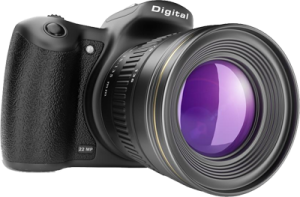 Why are You Taking the Photo?
Why are You Taking the Photo?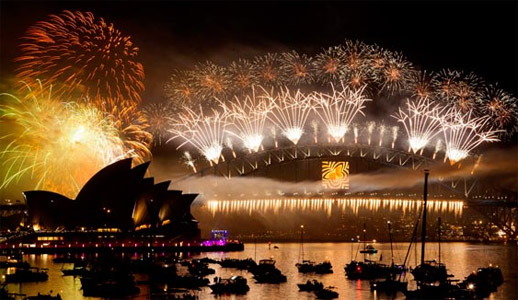 I’m sure you’ve admired spectacular photographs of fireworks, and wondered how the photographer does it. You may also have been a bit daunted by the prospect of photographing fireworks yourself – but there is no need – with a few simple techniques, you too should be able to take awesome firework photographs.
I’m sure you’ve admired spectacular photographs of fireworks, and wondered how the photographer does it. You may also have been a bit daunted by the prospect of photographing fireworks yourself – but there is no need – with a few simple techniques, you too should be able to take awesome firework photographs.